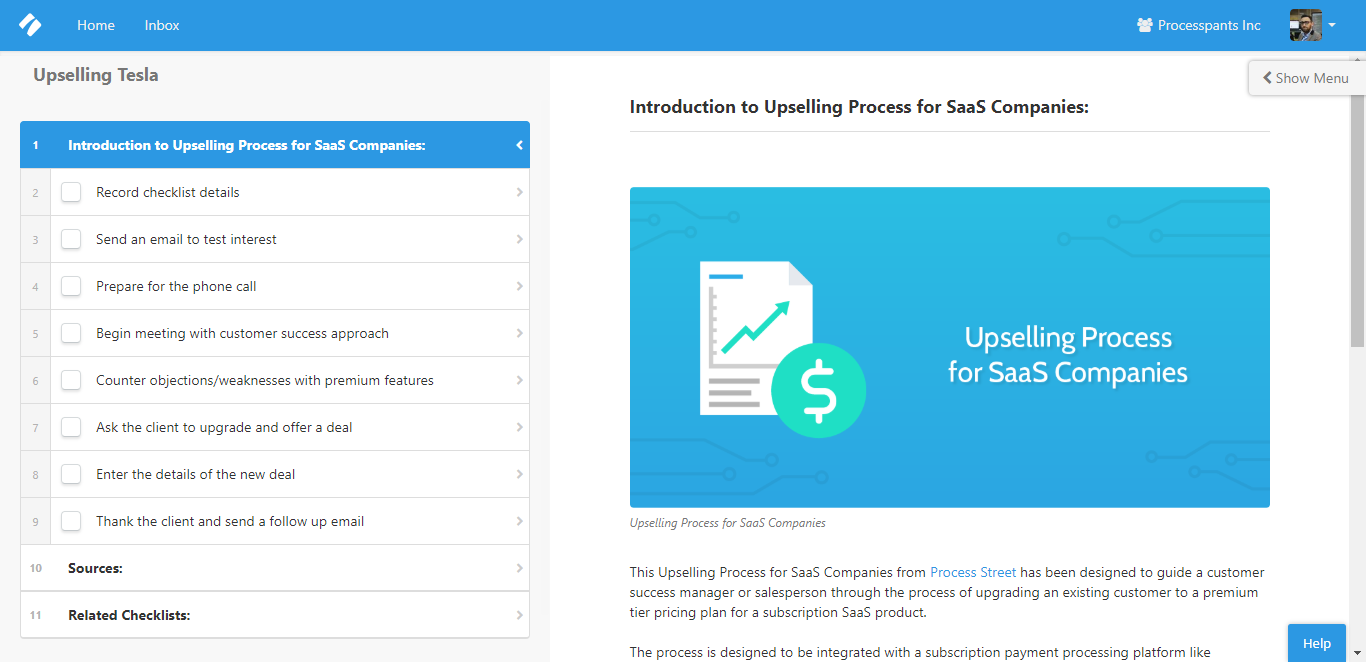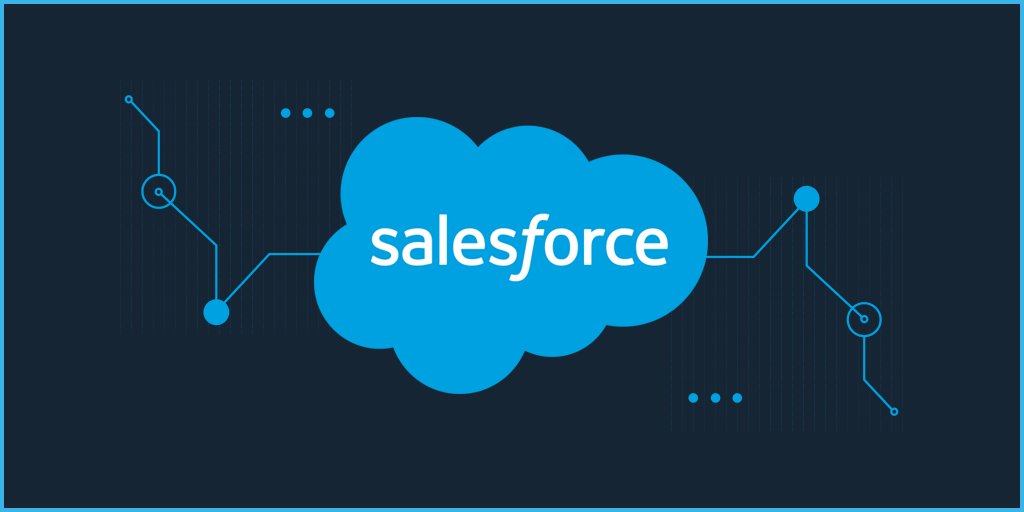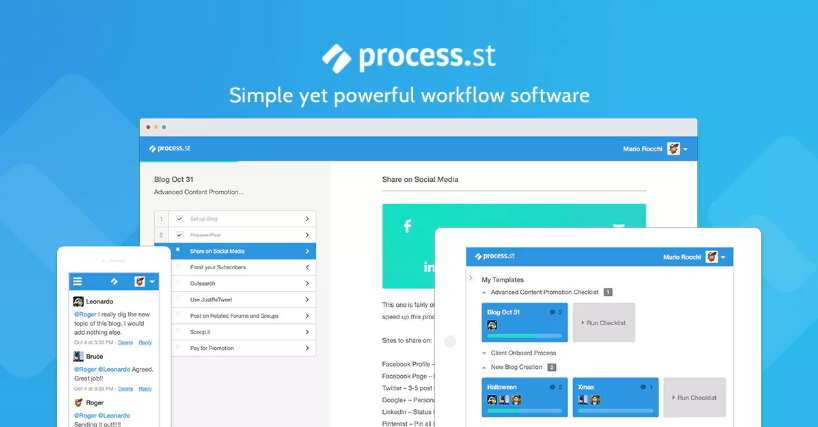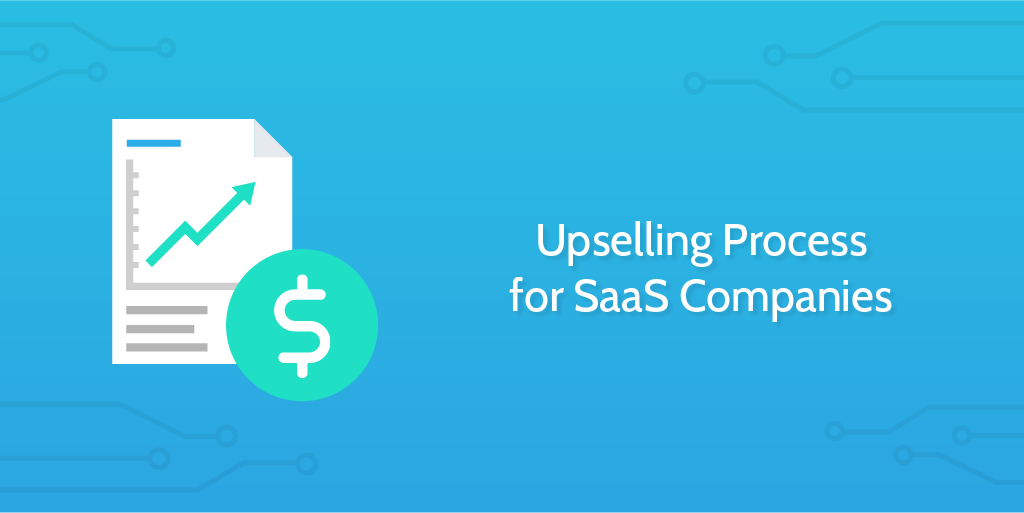 Throughout a customer lifecycle, it is important to take opportunities when they present themselves.
Throughout a customer lifecycle, it is important to take opportunities when they present themselves.
One aspect which many SaaS companies will be familiar with is the ongoing attempt to upgrade customers to the next level of billing.
The core method of achieving this is to add features and improve your product.
This provides provides greater value for the client and gives them more reasons to consider purchasing your services – resulting in an upsell which works for both parties.
I imagine most of you reading have bought something from Amazon at some point in time. Yet when Amazon offer a more premium delivery service with access to films and television shows many of you will have gone from occasionally using Amazon for purchases to being fully fledged Prime users!
Amazon offered greater value and you thought it was worth paying for. You were upsold.
But importantly, both you and Amazon came out of the deal as winners!
In this article, we’ll look at how different companies have utilized upselling to drive their business forward, and try to learn a little something from each.
Then we’ll take a more in depth look at how Process Street upsells its customers, and the importance of seeing this as a company wide effort rather than small aspect of sales.
At the end of the article, we’ll give you a free Process Street process template you can use in your business for upselling customers. This process is geared to be run by a member of the sales team to try to upsell a valuable client, and close the deal.
Checkout the snapshot below!

Why you need to upsell in your business
As outlined in this post on upselling SaaS from Chargebee:
It’s 5 to 10 times cheaper to upsell a current customer than acquire a new one, and the average spend of a repeat customer is 67 times higher.
Increasing your customer lifetime value is a vital part of building your business. It shows you’re well run and that you’re providing significant value for your customers. A business which can upsell is a healthy business.
Yet upselling is not a simple case of assigning one member of staff to chase down happy customers. Upselling benefits dramatically from taking a holistic view of the value your company provides to customers and the importance of demonstrating that to your client base.
When the whole company works together, then you can create an environment where customer success or sales reps can approach happy customers and help them get more from your services.
Think of it this way, if you’re buying a car you will likely be offered a couple of different deals.
You might be offered the basic car without bells and whistles on, and you might be offered a more premium version with comfier seats, more leg room in the back, and screens for the backseats to watch.
Toyota found that for certain vehicles people really really wanted a great backseat environment. Why?
Because if you’re buying a minivan or some other family friendly car you likely have kids.
Now, kids are great. We love kids, of course. But they can be a pain. On long journeys they can argue and fight and just generally get on your nerves.
Being upsold to the version of the car with the family entertainment system in it may save you hours upon hours of potential irritation and stress.
It is in your interest to buy the premium version and it’s in the interest of the dealership to sell you the premium version. They will only have a limited number of customers so they want to make sure they can provide you with enough extra value that you’ll spend more money with them.
What upselling does for your revenue

In the above image from a great article on the beauty of upselling, we see two red lines which represent acquisition and operating costs in two different scenarios. We also see a blue line for a SaaS company with 20% growth on recurring revenue. Plus a green line for a SaaS company with 20% growth and a 15% uspell.
As you can see, the speed at which the upselling company achieves profitability is way better than the company without an upsell strategy.
The important thing to note from the graph is that in the negative cost scenario the upselling company still reaches profitability and the sharpness of the curve means it can still have success despite its high operating cost.
The company without the upsell approach eventually reaches profit in the scenario where acquisition and operating costs are low, but may never reach profitability against the other scenario.
In other words, if you’re achieving recurring revenues with a 20% annual growth rate but your gBE (growth x break even cost) is above 1, then your company might never be a success no matter how many happy customers you have. The upsell is required to combat the high gBE.
Bitesize stats from The Pacific Crest SaaS Survey
- It’s 68% more expensive to acquire $1 from a new customer than it is to upsell current customers.
- For SaaS companies, the median cost of acquisition of $1 from a new customer is $1.18. The median cost of acquisition of $1 from an upsell is $0.28.
- It’s 9x more expensive to acquire new customers than to retain current ones.
- 70-95% of revenue comes from upsells and renewals. Only 5-30% come from the initial sale.
- The median SaaS company generates 16% of its revenue through upsells.
Check out the full report from Pacific Crest.
Salesforce’s customer service is in-house sales

A big leader in the upselling game is – no prizes for guessing – Salesforce. Salesforce generates 80% of its big deal revenue from top 10% of customers who buy 7 figure deals. Salesforce not only upsells its own customers, but has taken up a market position whereby they profit from assisting other companies on upselling their customers.
Salesforce employ predictive analytics in order to generate Propensity to Buy metrics. These approaches allow you to segment your customers on the basis of who may be interested in receiving greater value from your product.
Every internal customer is already a qualified lead, but using the predictive analytics tools of companies like Salesforce allows you to further analyse and qualify those potentials to reduce your expended labor.
One of the key takeaways from Salesforce’s success is that your customer service team are not simply there to deal with complaints; they are an internal sales division who need to know how to close.
Hearsay Social prioritizes high-touch customer success

At the Pulse 2015 Customer Success Management conference in San Francisco, Hearsay Social announced their upselling successes. Hearsay Social help insurance and wealth management firms document their communications – to keep in line with regulations. Their customer base tends to be larger firms who require a product which keeps them legal and operating.
For companies like this who have big clients, it’s possible to take on an even greater customer success role. Hearsay Social try to maintain a 3:1 to 5:1 ratio between clients and CSMs. When a key client is having a quarterly review, for example, Hearsay Social may fly their CSM in to attend and provide a presentation.
This hands-on approach is not applicable to every company, but has led to Hearsay Social attaining almost 50% of its revenue through upsells. Keep the customer happy and they will make you happy.
AppDynamics uses its marketing to boost upselling

AppDynamics is pretty much what it says on the tin. The company helps provide actionable data on which you can make business decisions. It’s now owned by Cisco but it had an interesting upselling journey.
The company set itself a target to achieve somewhere between 60 and 70% of business through upselling existing clients rather than acquiring new ones. The approach to this was to synthesize the sales, customer success, and marketing departments.
Marketing should now not only provide promotion of the product, but should do so in a way which would appeal internally to existing customers. It’s a process of managing customer expectations. During the sales process, lots of big promises are made. It’s a company’s job to live up to their sales promises and marketing have the ability to remind existing customers that those promises are still important to the business.
Through cross-departmental integration, AppDynamics not only boosted revenue but also improved referral rates and customer advocacy. Their upselling process ended up boosting their external sales through happy customers.
How Process Street uses a holistic approach to upsell customers
 Process Street started out as a checklist software which allowed users to document their processes and then run those processes in an actionable way.
Process Street started out as a checklist software which allowed users to document their processes and then run those processes in an actionable way.
This provided value to the customers who signed up for our service, and these features still make up the core service Process Street provides.
However, over time we at Process Street have added extra pricing bands and successfully upgraded existing clients from free versions, to business bands, to enterprise contracts.
How have we achieved this?
The approach, in short, is a combination of many of the above techniques and tells us something universal about the growth of SaaS companies from startups to established brands.
The key steps of a holistic upselling process
The upselling concept in use at Process Street contains the following elements in the following order:
- Understand existing customers and their needs
- Improve the product to add greater value
- Explain the added value of the improved product
- Identify customers whose needs can be met by new features
By understanding what customers need, the product design and development teams are able to bring out features which will most benefit the end users. This prioritizes value creation and the speed at which that value is delivered to the customer; SaaS is a fast paced world and customers won’t always stay forever.
All good relationships are built on strong communication
Once a new feature is developed in line with that constant communication, the feature can be passed on to the marketing team. At this point, a series of educational and instructional guides will be produced aimed at informing existing customers rather than selling to new customers.
This might involve:
- Articles about how a new feature functions
- Articles about common use cases where the feature can be applied
- Videos to quickly outline what the new feature adds
- Webinars for more in-depth understanding of the feature
- And, an ebook to demonstrate the depth of new features and how they fit into broader philosophies of business process management or workflow automation.
As the customer’s primary point of contact is the customer success team, this department acts as the primary point for upselling.
How to identify upsell opportunities when adding new features
Customers will have received an alert inside their Process Street account informing them of the new feature, along with an email announcement. This means the customer should have an idea of what to expect from a new addition to the feature set.
From here, we can think about this as internal lead qualification.
Let’s take the example of releasing the Conditional Logic feature, where processes can be built dynamically and can take different paths depending on the information entered into them.
Any customer who had previously requested this feature will have been tagged within the customer success team’s CRM. This gives a curated list of customers who the CSM knows are directly interested in this feature, and the list can then be segmented by which customers are on the pricing tier below that available feature.
The remaining customers can be analyzed against company size and numbers of users. Smaller companies can be reached out to by the CSM, while potentially very high value leads can be handed to the sales team to deliver a more high-touch upselling approach.
During the upselling process, the content created by the marketing team can be used to reinforce the sale and help demonstrate the added value generated by the new Conditional Logic feature.
At Process Street, our whole company works in unison to deliver not just value to the customer, but a demonstration of that value too.
Once you achieve that, the upsell becomes natural. People are willing to pay extra for extra value.
The Upselling Process for SaaS Companies
 This upselling process has been designed by SaaS for SaaS.
This upselling process has been designed by SaaS for SaaS.
This is a step by step work through of the sales team’s upselling process for a typical SaaS product. The checklist is to be run for each client you want to reach out to.
The goal is to utilize the meeting for two purposes: research and sales.
Existing clients are eager to tell you what they think about the product; its strengths and its weaknesses.
This gives you valuable research from a customer success basis and the profile of the client will help guide your sales prospecting team.
However, the key insight you will gain as a salesperson is a clear and honest outline of their needs, their wants, their existing problems, and their current solutions.
With this information you can offer the client a solution to improve their operations; a premium account.
Here’s a 5 key tips for upselling to an existing customer:
- Understand what they need in order to succeed
- Keep contact to understand their success after the sale
- Target customers with a real need for the extra services you’re offering
- Time upsell efforts with key customer milestones
- Provide special offers to keep your clients loyal and build trust
The process:
Upsell your existing customers through the value you create for them
Customers are customers because they are willing to pay for the value you’re offering.
This is true when they make their first purchase from you and it remains true as they stay subscribed to your service.
If you can offer the customer further value then they will want to pay you for that added value.
This value is not created by the sales team. The sales team are simply the final part of the process to get the customer over the line to pay for an improved or expanded product.
The whole company has to be involved in the upsell from the beginning. From creating more features and making sure they’re the right ones, to explaining those features effectively to the userbase and showing them how to make the most of all the new opportunities.
The whole team plays a part in this. When you upsell in your company, put the customer first and focus on value creation over payments received; you’ll be on the right track for success.
How do you upsell in your business? What do you think are the most important elements in gaining those upsold customers?







Adam Henshall
I manage the content for Process Street and dabble in other projects inc language exchange app Idyoma on the side. Living in Sevilla in the south of Spain, my current hobby is learning Spanish! @adam_h_h on Twitter. Subscribe to my email newsletter here on Substack: Trust The Process. Or come join the conversation on Reddit at r/ProcessManagement.